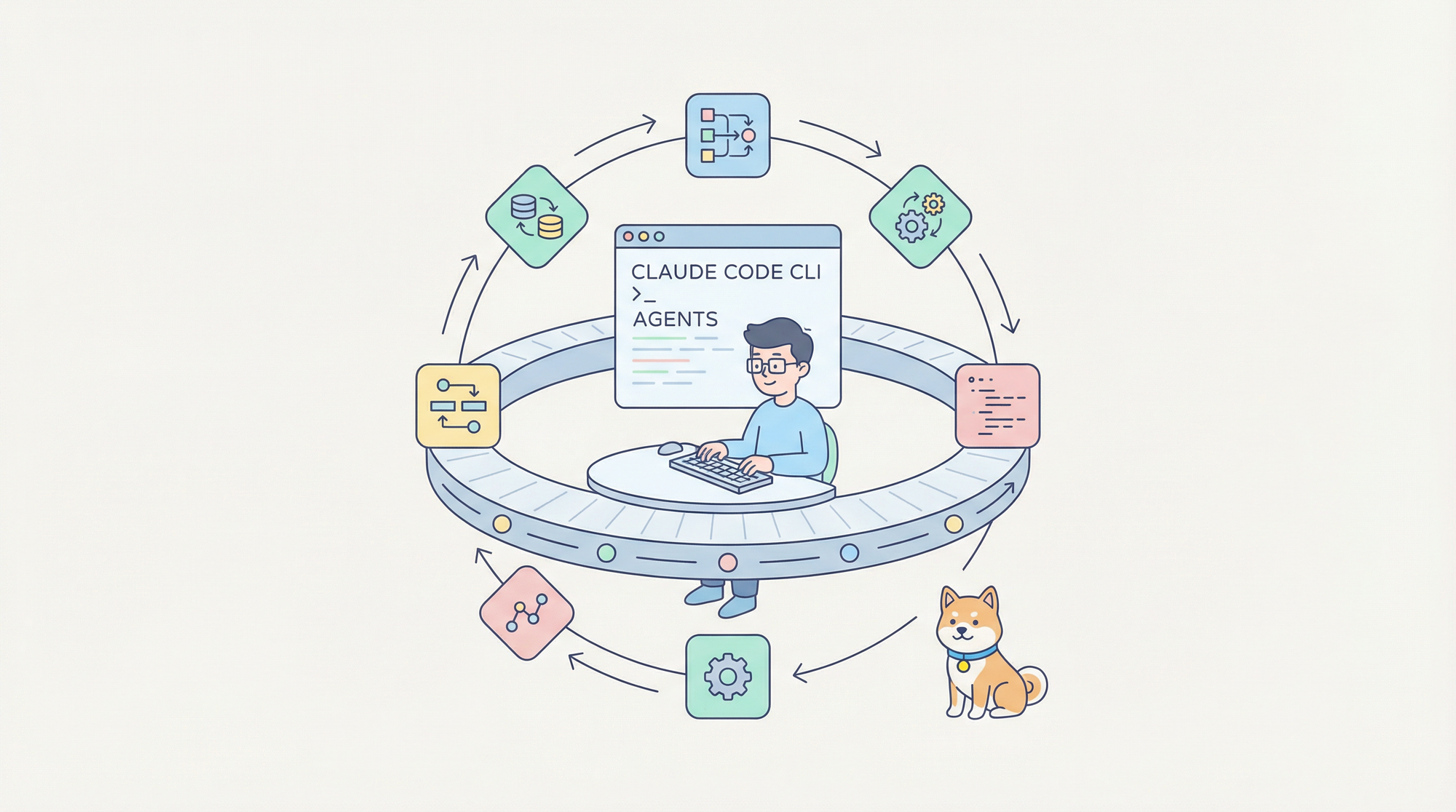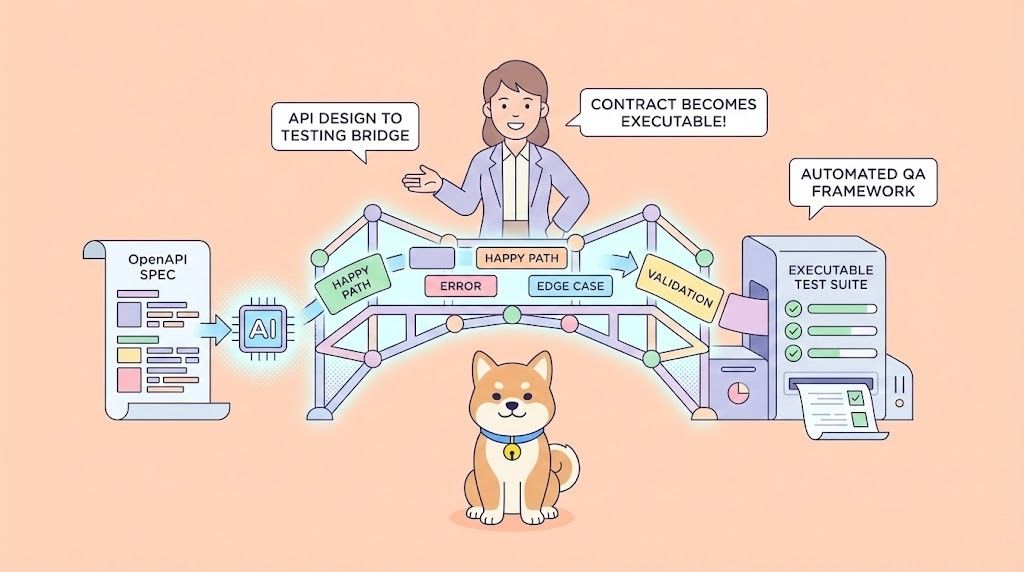Crafting smarter apps for the ever-evolving mobile landscape hinges significantly on the seamless integration and functionality of APIs—Application Programming Interfaces. These invisible yet pivotal cogs in the mobile application ecosystem not only facilitate smooth communication between different software components but also serve as the backbone for developing dynamic, efficient, and user-friendly mobile applications. So, let's dive into the world of APIs for mobile applications, exploring their essence, importance, and best practices to ensure your mobile app stands out in the crowded app markets.
Click the download button below 👇👇👇 to elevate your API game!
What is an API?
In layman's terms, an API is akin to a waiter in a restaurant. Just as a waiter acts as the intermediary, taking your order to the kitchen and bringing back your food, an API acts as a messenger that takes requests, tells a system what you want to do, and then returns the system's response to you. In the realm of mobile applications, APIs are the channels through which different software applications communicate and share data and functionalities. They enable features like fetching weather updates, integrating payment systems, or embedding social media sharing without reinventing the wheel for each app.

Why are Mobile Application APIs Important?
Imagine a world where each app on your phone operates in total isolation, unable to interact with the internet or other apps. Sounds limiting, right? This is where APIs come into play, breaking down silos and enabling a rich, interconnected experience. They are crucial for several reasons:
Enhanced Functionality: APIs allow mobile apps to leverage external services and data, significantly expanding their capabilities beyond what's built into the application itself.
User Experience: They play a vital role in streamlining processes and improving the responsiveness and speed of mobile apps, directly impacting user satisfaction.
Integration and Interoperability: APIs facilitate the integration of various systems and technologies, enabling them to work together seamlessly, which is essential in today’s interconnected tech landscape.

5 Best Practices for Mobile Application APIs
Designing APIs for mobile apps is an art as much as it is a science. Here are five best practices to ensure your APIs are not just functional but also future-proof:
- Optimize for Mobile Networks: Mobile devices often operate on less stable, slower, and more expensive networks than desktops. APIs tailored for mobile should be designed for minimal data transfer. Efficient use of caching, data compression, and optimized endpoints can significantly reduce latency and improve the app's performance.
- Security is Paramount: With the increasing amount of sensitive data being accessed through mobile applications, implementing robust security measures is non-negotiable. This includes using HTTPS, and OAuth for authentication, and ensuring data is encrypted both in transit and at rest.
- Simplify and Document: A well-documented API is as good as a well-designed one. Clear documentation is crucial for developers to integrate and make the best use of your API. Keeping the API intuitive and straightforward reduces the learning curve and development time.
- Version Control: Mobile ecosystems evolve rapidly, and maintaining backward compatibility while rolling out new features can be challenging. Implementing a versioning strategy for your API ensures older versions of your app continue to function correctly even as you introduce updates.
- Real-time Data Syncing: Mobile users expect real-time responsiveness. Design your API to handle real-time data syncing efficiently, especially for features like messaging, notifications, or live updates, to ensure a seamless user experience.
Web Services API vs. Mobile APIs: Comparison Table
When it comes to APIs, not all are created equal. Web services APIs and mobile APIs serve similar purposes but are tailored to their respective environments. Let's break it down in a comparison table:
| Feature | Web Services API | Mobile API |
|---|---|---|
| Target Platform | Primarily designed for web applications. | Specifically designed for mobile applications. |
| Performance | Performance is important, but there's usually more leeway. | Must be highly optimized for performance due to device constraints. |
| Security | Important, with a focus on data integrity and confidentiality. | Critically important, often requiring additional measures like device authentication. |
| Bandwidth Considerations | Less of a concern compared to mobile. | Highly optimized for low bandwidth and intermittent connections. |
| Offline Functionality | Generally not a concern. | Often includes caching or other strategies for offline functionality. |
| Development Focus | Scalability and integration with other web services. | Efficiency, user experience, and battery conservation. |
This table highlights the key differences and considerations when designing APIs for different platforms. While both types aim to facilitate seamless communication between applications, the specific requirements and constraints of mobile devices dictate a unique approach to API design.
Why Apidog is the Best API Development Tool
Now, turning our gaze toward the tools that make API development smoother, Apidog stands out as a leader in this space. But why is Apidog the top choice among developers?

Intuitive Design & Ease of Use: Apidog offers a user-friendly interface that simplifies the process of API development, making it accessible even to those with less experience.
Comprehensive Feature Set: From designing and mocking to testing, documenting, and monitoring APIs, Apidog covers all bases. This comprehensive approach ensures that developers have all the tools they need in one place.
Enhanced Collaboration: Apidog promotes teamwork by enabling developers to share, review, and update APIs efficiently, ensuring that everyone is aligned and can contribute effectively.
Dynamic Documentation: With Apidog, documentation woes are a thing of the past. It automatically generates up-to-date, interactive documentation, making it easier for users to understand and integrate APIs.
Robust Testing and Version Control: Apidog provides excellent testing tools and version control capabilities, ensuring that APIs are reliable, efficient, and backward-compatible.
Conclusion
Designing APIs for mobile applications is no small feat, but it's a crucial step in developing smarter, more efficient apps that delight users. By following best practices and understanding the nuances between web services and mobile APIs, developers can create powerful tools that leverage the best of what technology has to offer. So, next time you're marveling at the latest app on your smartphone, spare a thought for the APIs working tirelessly behind the scenes. They might just be the real MVPs of the mobile world.
Explore Apidog Browser Extension




